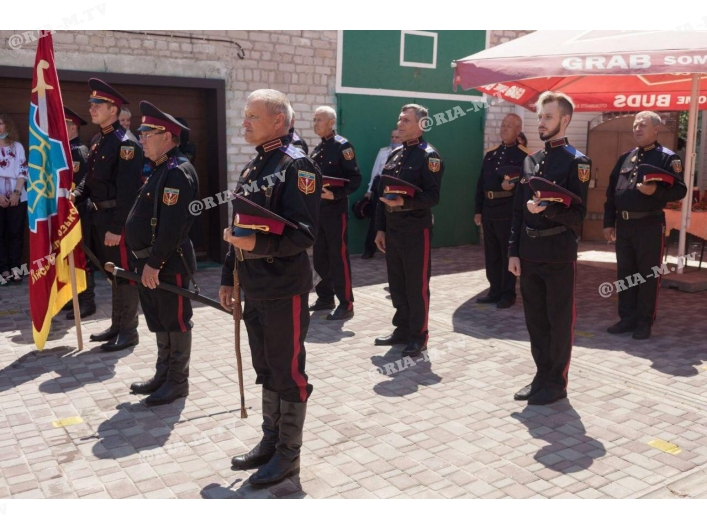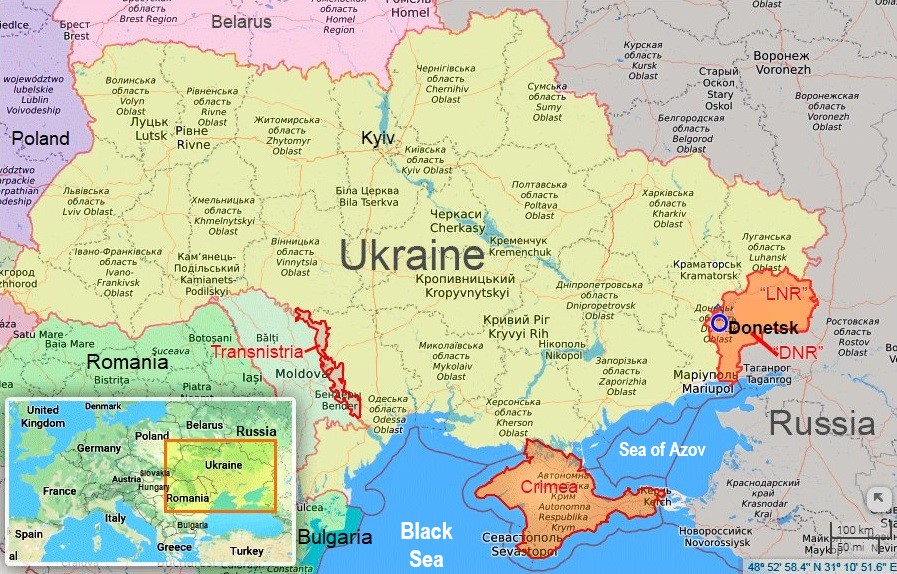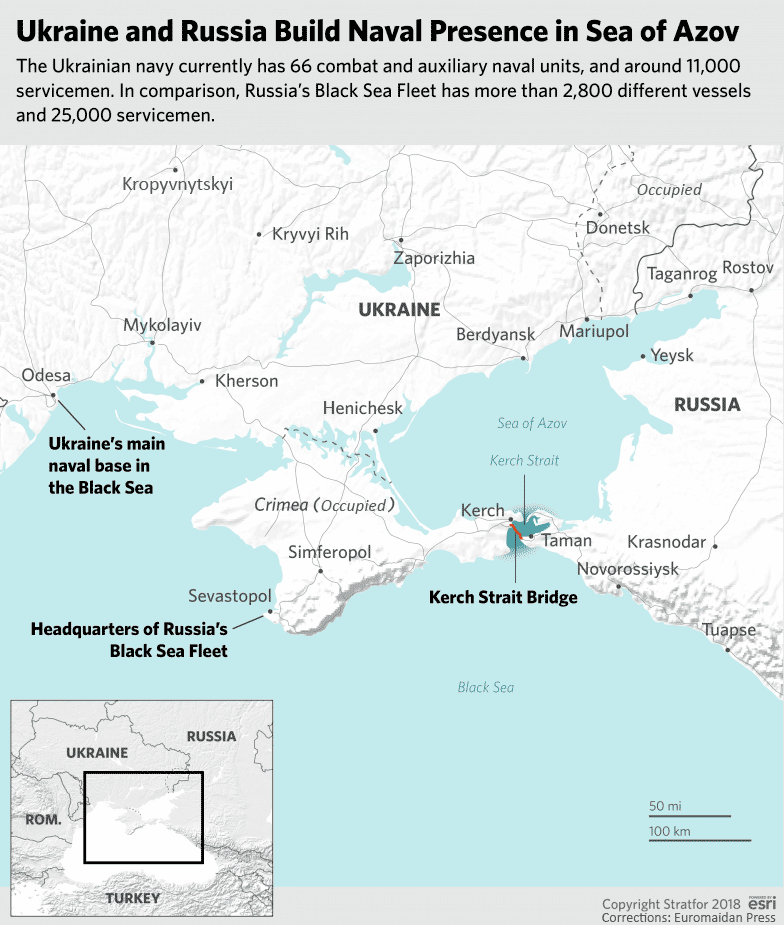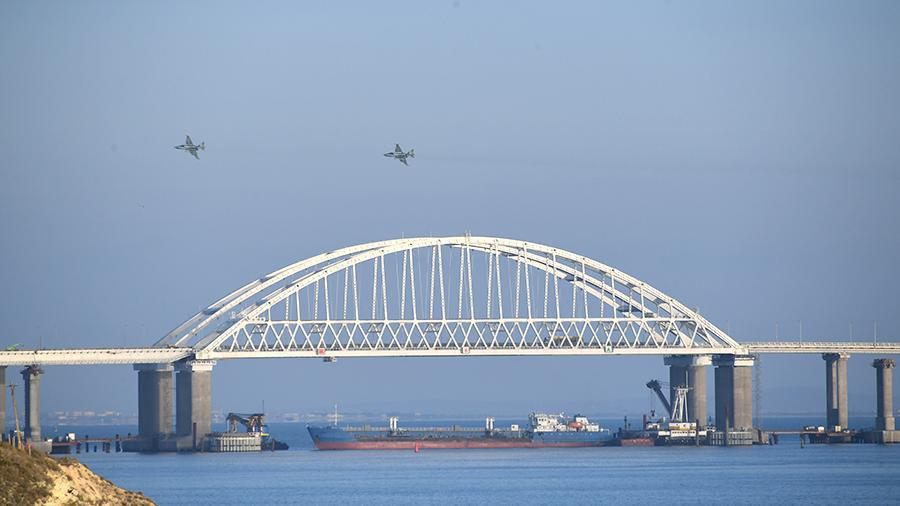“Zaporizhzhia People’s Republic” wannabes
On July 9, the Security Service of Ukraine (SBU) arrested a group of radical pro-Russia separatists promoting the creation of the so-called “Zaporizhzhian People’s Republic” (ZPR). In 2014, these individuals allegedly tried to seize power in southeastern Ukraine’s Zaporizhzhia Oblast but had to flee to Luhansk, where they began cooperating with the Moscow-backed separatist authorities of the self-declared Luhansk and Donetsk “people’s republics” (LNR/DNR). Having secretly returned to Zaporizhzhia, the perpetrators allegedly planned to carry out various subversive activities and distributed pro-Russia separatist materials that called for the overthrow of the constitutional order in Ukraine and the creation of the ZPR (Ssu.gov.ua, July 9).
Online bots
A week earlier, on July 2, the SBU broke up the activities of a “bot farm” in the port city of Berdiansk that was generating fake/manipulative material for dissemination by 500 “bots” (fake/automated social media accounts) that were part of an extensive inter-regional network operated from Russia. The bot network was created by registering social media accounts using hundreds of SIM-cards of Ukrainian and Russian mobile operators. The SBU specifically uncovered a cache of almost 900 such SIM-cards at an apartment owned by one local resident involved with the bot farm. The information “throw-ins” produced by the Berdiansk bot farm were designed to sow panic during the coronavirus pandemic as well as discredit the actions of Ukrainian authorities (Ssu.gov.ua, July 2).
In June, the authorities exposed a massive network of pro-Russian bot farms running 10,000 bots in four Ukrainian regions. According to the SBU, it would be impossible to anonymously (without passports) purchase such a massive number of Russian SIM-cards without the support of Moscow’s special services (Liga.net, June 16).

Russian Cossacks disguised as Ukrainian Kozaks
Also, on June 28, the Zaporizhzhian Kozaks’ “lower army” or “lower host” (nyzove kozatstvo) opened an office in nearby Melitopol. This was sponsored by local entrepreneurs and supported by the Ukrainian Orthodox Church of the Moscow Patriarchate (UOC-MP), with which Zaporizhzhian Kozaks have cooperated closely since the early 2000s. According to Ihor Lysenko, the head of the Melitopol Kuren (local unit), the main goal of the organization is to protect “public order” by training “people’s police” units to detain “suspects” (Nv.ua, July 1).
The “Kozaks” are planning to patrol the Melitopol region and Ukrainian state borders, particularly the strategically vital Azov Sea coast. Lysenko affirmed that Kozaks are already conducting negotiations with the Berdiansk border outpost. However, according to current Ukrainian legislation, non-state groups can participate in law enforcement activities only after obtaining special registration and strictly under the control of the National Police.
As of early July, the Ukrainian police had not received any such request from the Melitopol Kuren regarding joint patrols (Novynarnia.com, July 7). Additionally, the Kozak organization will apparently engage in the patriotic education of youth (Ria-m.tv, June 29).
The Zaporizhzhian Kozak Army is led by Oleksandr Panchenko, the “supreme otaman,” famous for his ties to several Russian-based Cossack organizations that under, the patronage of the Russian Orthodox Church, participated in the “Russian Spring,” which led to the illegal annexation of Crimea (March 2014) and instability in the Donbas (UNIAN, July 13, 2020; see Jamestown.org
, September 3, 2019).

Panchenko, who was present at the opening of the Melitopol office, had also been mentioned in a phone conversation between Vladimir Putin’s advisor, Sergei Glazyev, and the first deputy chair of the State Duma committee for the post-Soviet space, Konstantin Zatulin, as someone who would “assist with the creation of the Zaporizhzhia People’s Republic.” These records were made public in 2018, during a court hearing on the treason case against Viktor Yanukovych (Censor.net.ua, February 6, 2018). Furthermore, the Zaporizhzhian Kozak leader has received the highest award of the UOC-MP and the “Ten Years of the Union of Cossacks of Russia” medal (5.ua, June 30, 2020).
In 1994, Panchenko led the creation of the Zaporizhzhian Kozaks’ “lower army,” which assembled retired army and navy officers and Afghan War veterans. Among the main priorities of the newly created organization are military-patriotic education of the youth, the preparation of its members for military service, as well as the protection of public order and the state border (with a special interest in the Kherson, Zaporizhzhia and Donetsk oblasts as well as the Sea of Azov).
Under Panchenko’s patronage, special para-military schools (“dzhura schools”) were opened along with representative offices in the Dnipro, Kharkiv, Donetsk, Luhansk, and Kherson oblasts. In 1999, his Army signed an agreement with the National Academy of the State Border Guard Service of Ukraine. Former graduates of “dzhura” schools first became students of the University and later officers of the State Border Guard Service; they have since served in elite units of the Armed Forces of Ukraine and participated in United Nations peacekeeping operations (Kvzn.zp.ua
, December 6, 2016).
Panchenko and his pro-Russian Cossacks receive financial support from Vyacheslav Boguslayev, the president of the strategically important industrial giant Motor Sich and a former deputy chairperson of the Ukrainian parliamentary committee on national security and defense (Library.znu.edu.ua, accessed July 8; Rada.gov.ua, accessed July 15).
Importantly, Melitopol and Berdiansk lie along the M14 highway, which forms part of the Black Sea Economic Association transportation corridor. The latter connects Transnistria with the Russian border via Odesa–Kherson–Nova Kahovka–Melitopol–Berdiansk–Mariupol–Novoazovsk (Euro2012highway.blogspot.com, accessed July 15). The road is also the only transport artery physically connecting the LNR/DNR with Crimea. Put another way, the M14 links Russian paramilitary (Cossacks) and military formations in Transnistria, Crimea, the Donbas and Russia.
Pro-Russian Cossacks have participated in each of the conflicts in these aforementioned regions and they have local chapters all along the M14 (Odesa, Kherson, Melitopol, Mariupol, etc.) (see Jamestown.org, June 25, 2019). Control over this route and Zaporizhzhia would provide Russia with total access to the Kakhovka Reservoir and enable Moscow to redirect Ukrainian water supplies to occupied Crimea. Moreover, pro-Russian activities in Zaporizhzhia could play a double role: military support in case of Russian military intervention and pro-Russian agitation ahead of local elections (fall 2020).
Read more:
- Moscow creates new ‘Cossack’ paramilitary units for possible use against Ukraine
- Northern Ukraine’s vulnerable Sumy Oblast: covert Russian links and Cossack threats
- Russians far more imperialist now than they were in Soviet times, Cossack historian says
- Kremlin employs Cossacks, Moscow Patriarchate in Ukraine against Kyiv
- Don Cossacks reinforcing Russian & local troops in the Donbas
- Explore Ukrainian traditional culture with interactive site “Authentic Ukraine”
- Modular camp for refugees was opened in Zaporizhzhia




